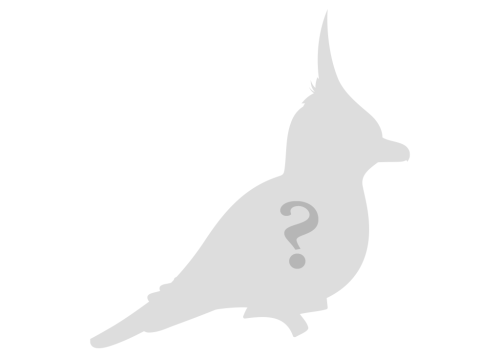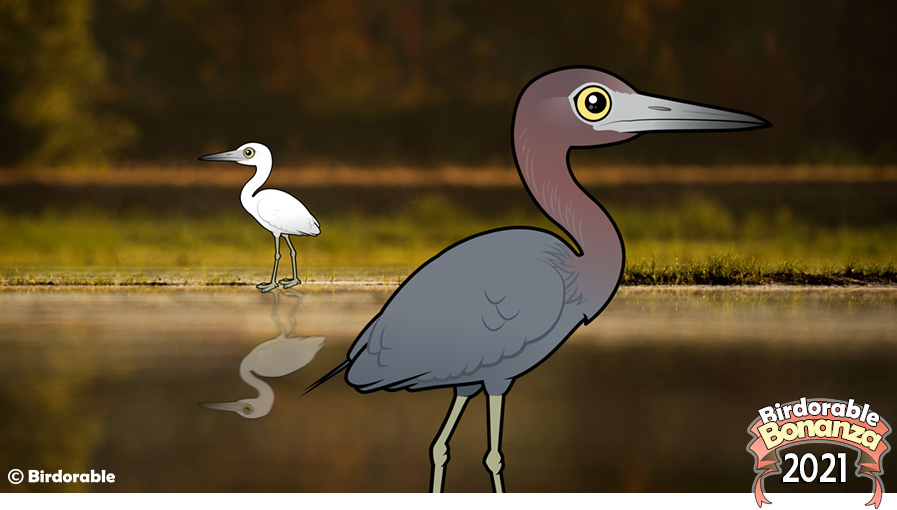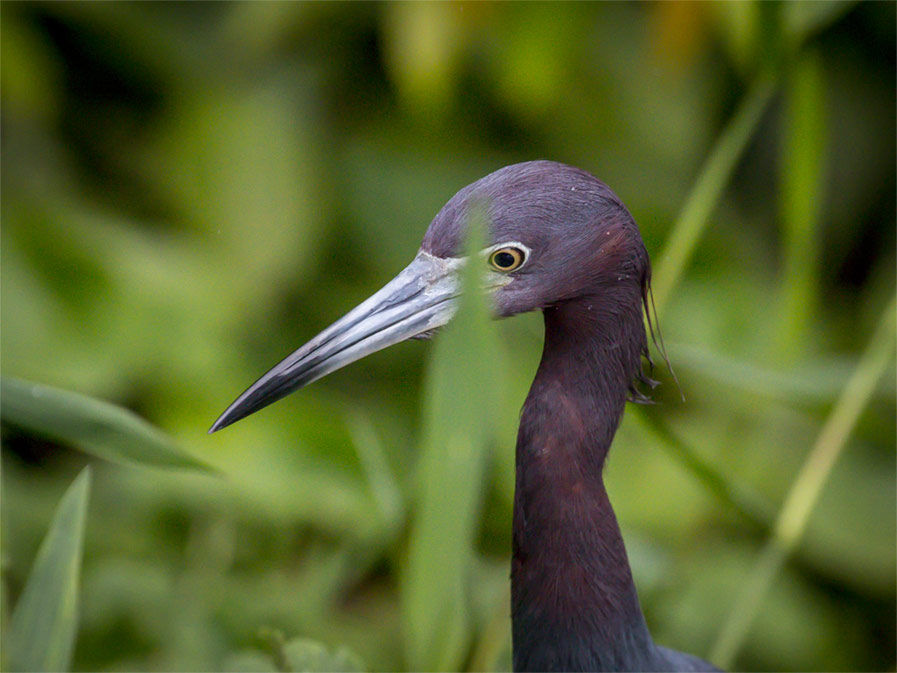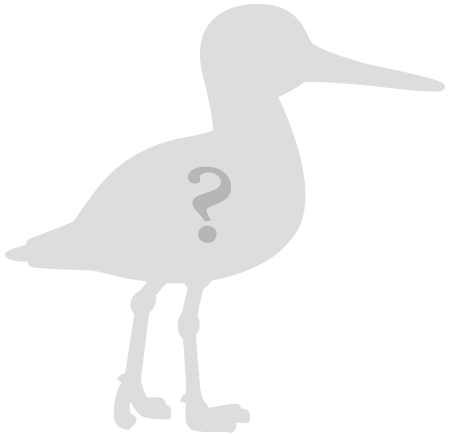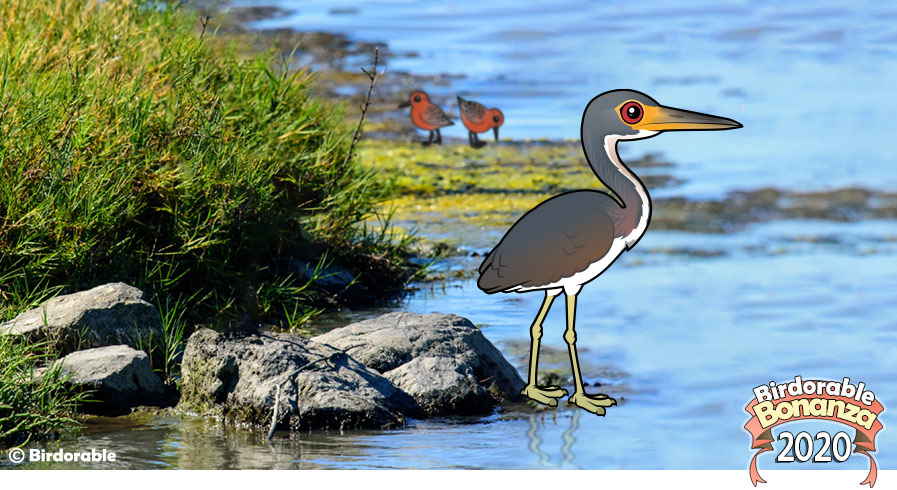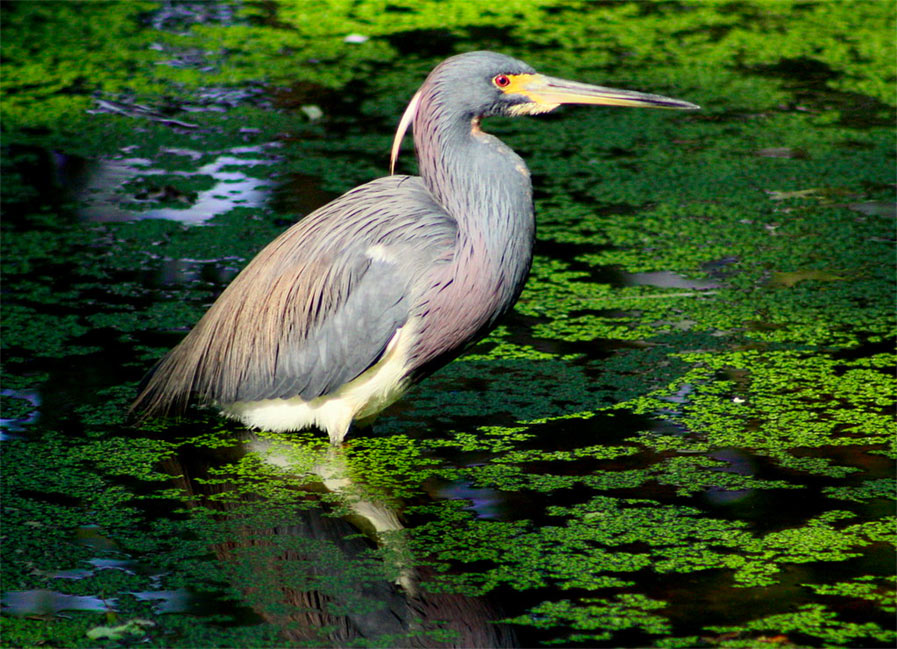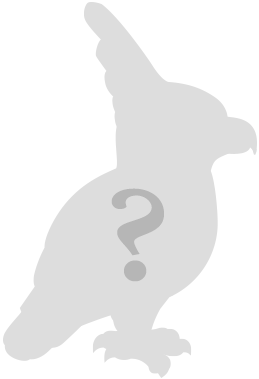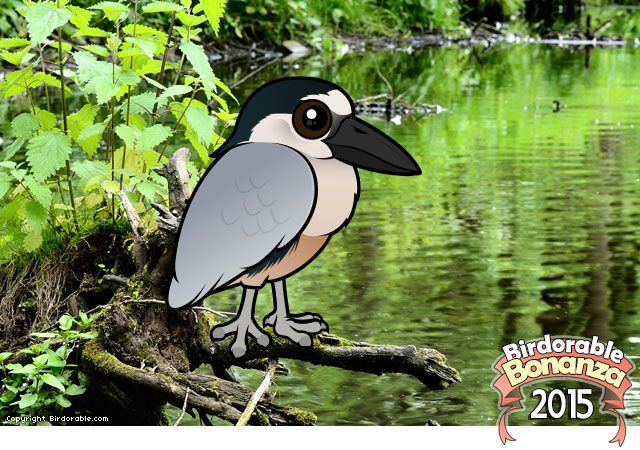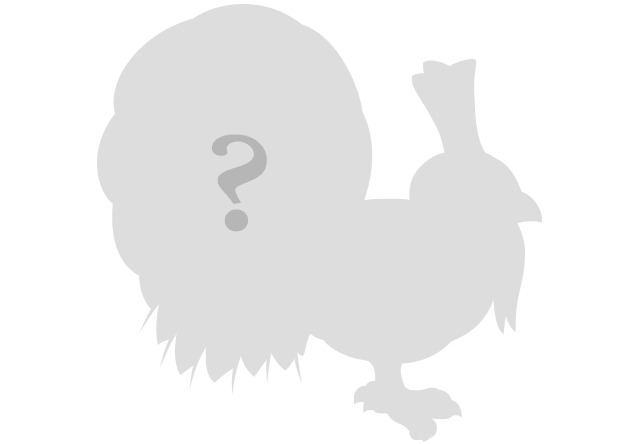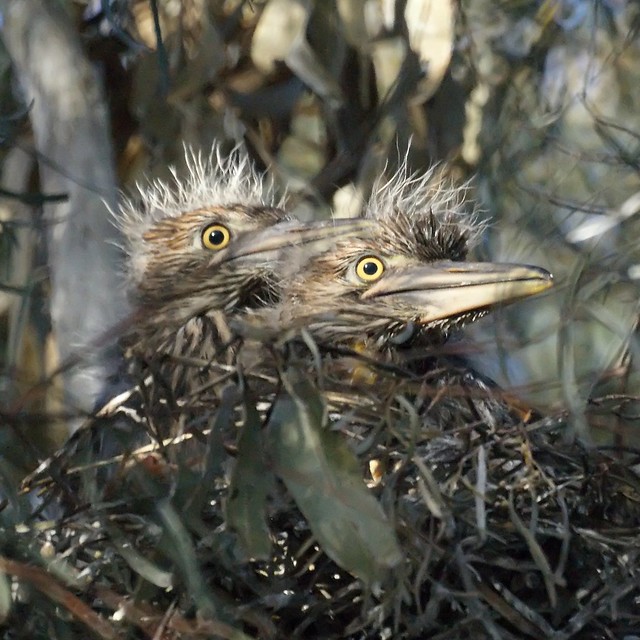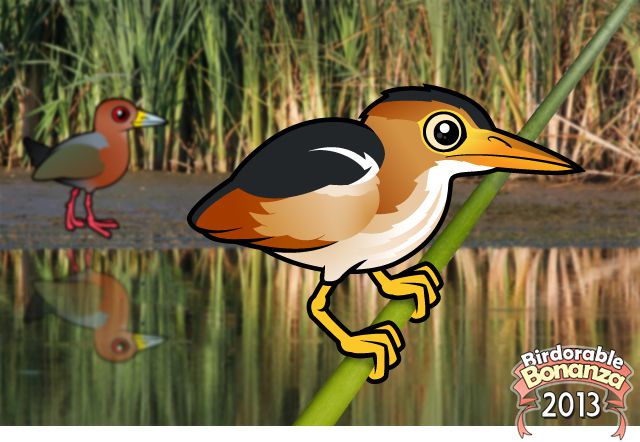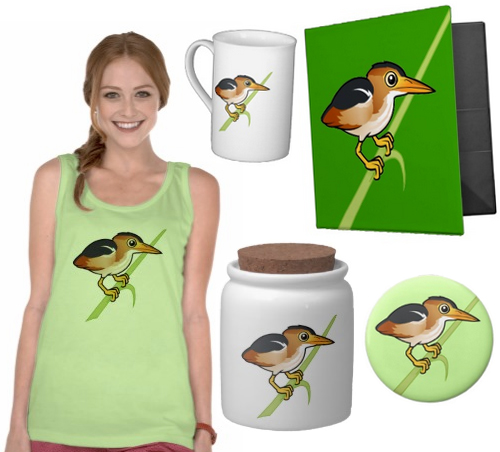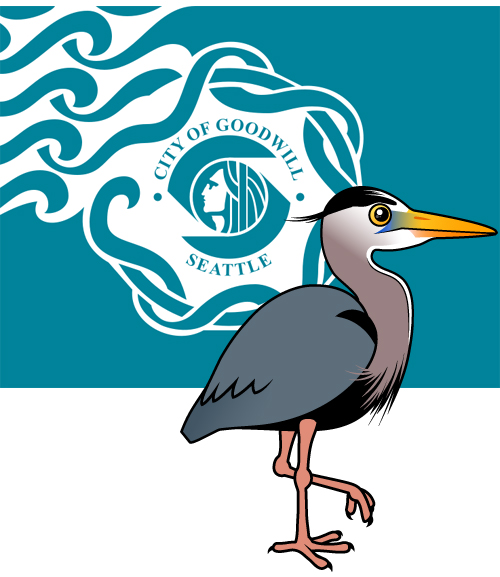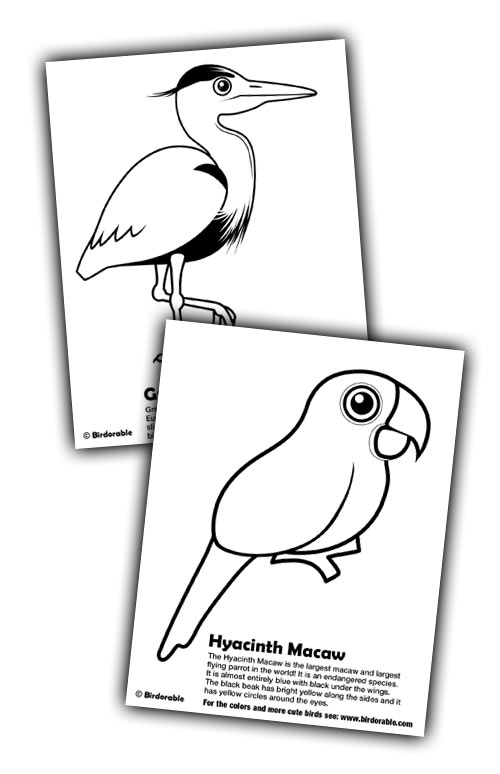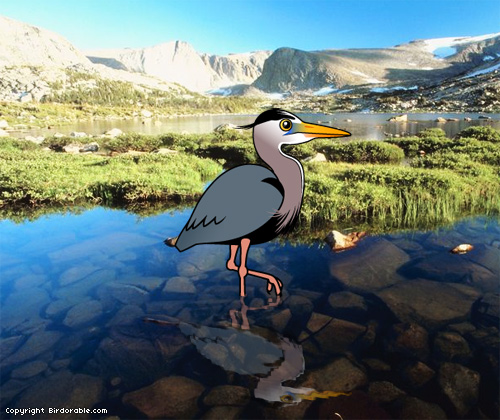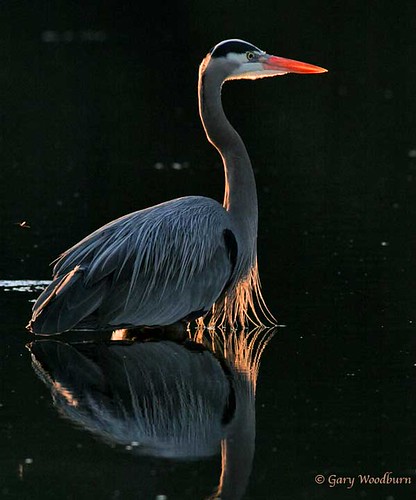2023 Bonanza Bird #9
Meet the Goliath Heron: The World's Largest Heron Species
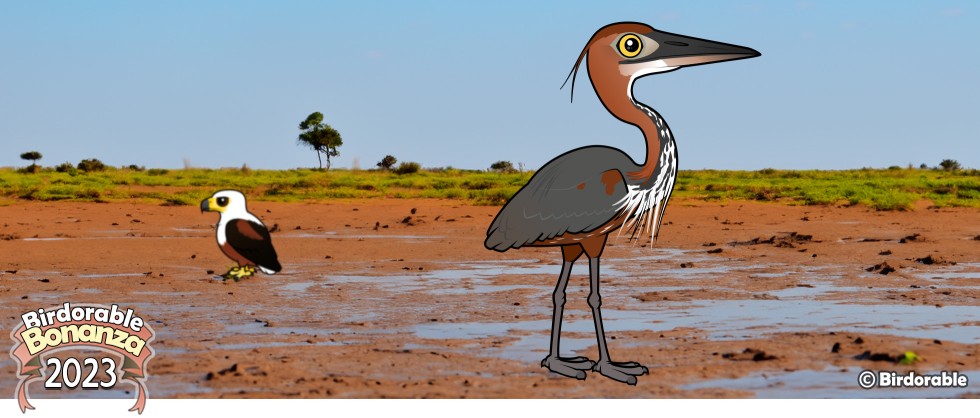
Today we're adding a big bird to Birdorable. This bird is so big, it has a big word that means big in its name: it's the Goliath Heron! This massive wader is the world's largest species of heron!
The Goliath Heron is a massive bird, standing up to 5 feet tall with a wingspan that can exceed 7 feet in length! Besides its massive size, this bird has a striking, beautiful plumage. The body has slate-gray feathers; the chest and belly are chestnut-colored, and streaky black stripes along the long neck are distinctive.
Most Goliath Herons are found in wetland habitats in sub-Saharan Africa, though its range extends to parts of Southwest and South Asia. The Goliath Heron is an expert fisher, and indeed its diet mainly consists of fish, but it also consumes amphibians, small mammals, and other small animals.
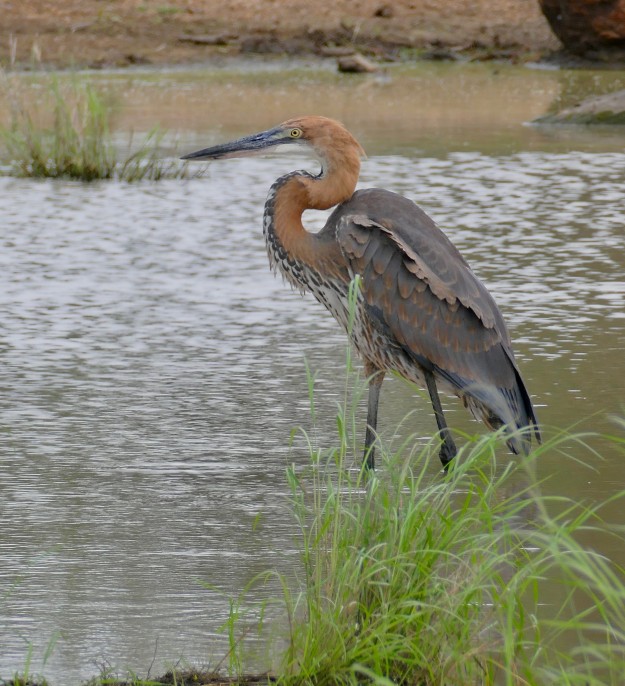
Goliath Heron (Flickr, CC BY-SA 2.0 Deed, copyright © Bernard DUPONT)
Cute Goliath Heron gifts
Guess tomorrow's bird ...
Get ready for a delightful new addition to our Birdorable family, known for its distinctive and stylish 'hairdo'! Native to Australia, this charming bird is as fashionable as it is fascinating, sporting a unique crest that's always on-trend. Not only is its appearance chic, but its wings make a distinctive whistling sound when it takes to the skies. Can you guess which avian trendsetter is joining our flock? Keep an eye out for tomorrow's reveal of this crested beauty!
